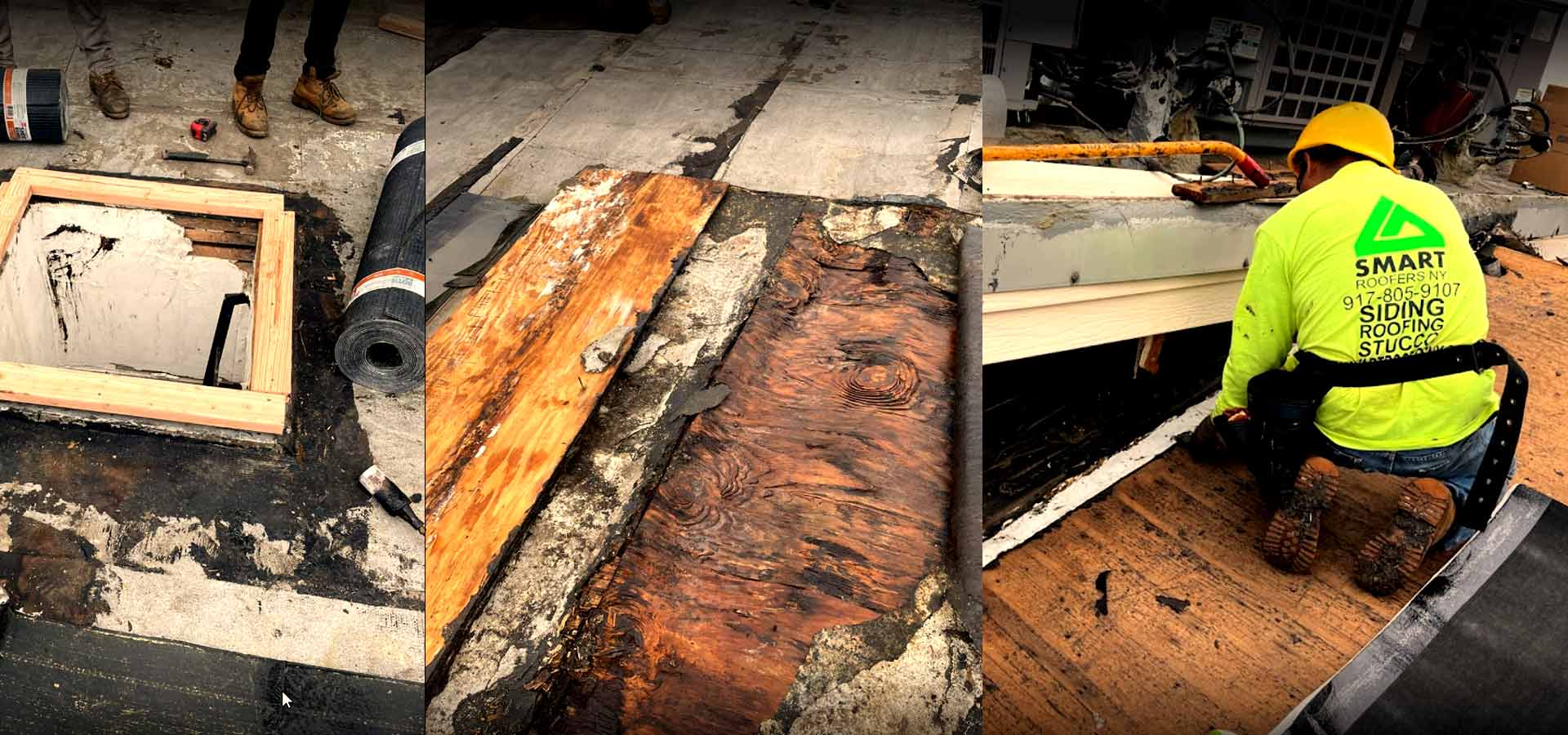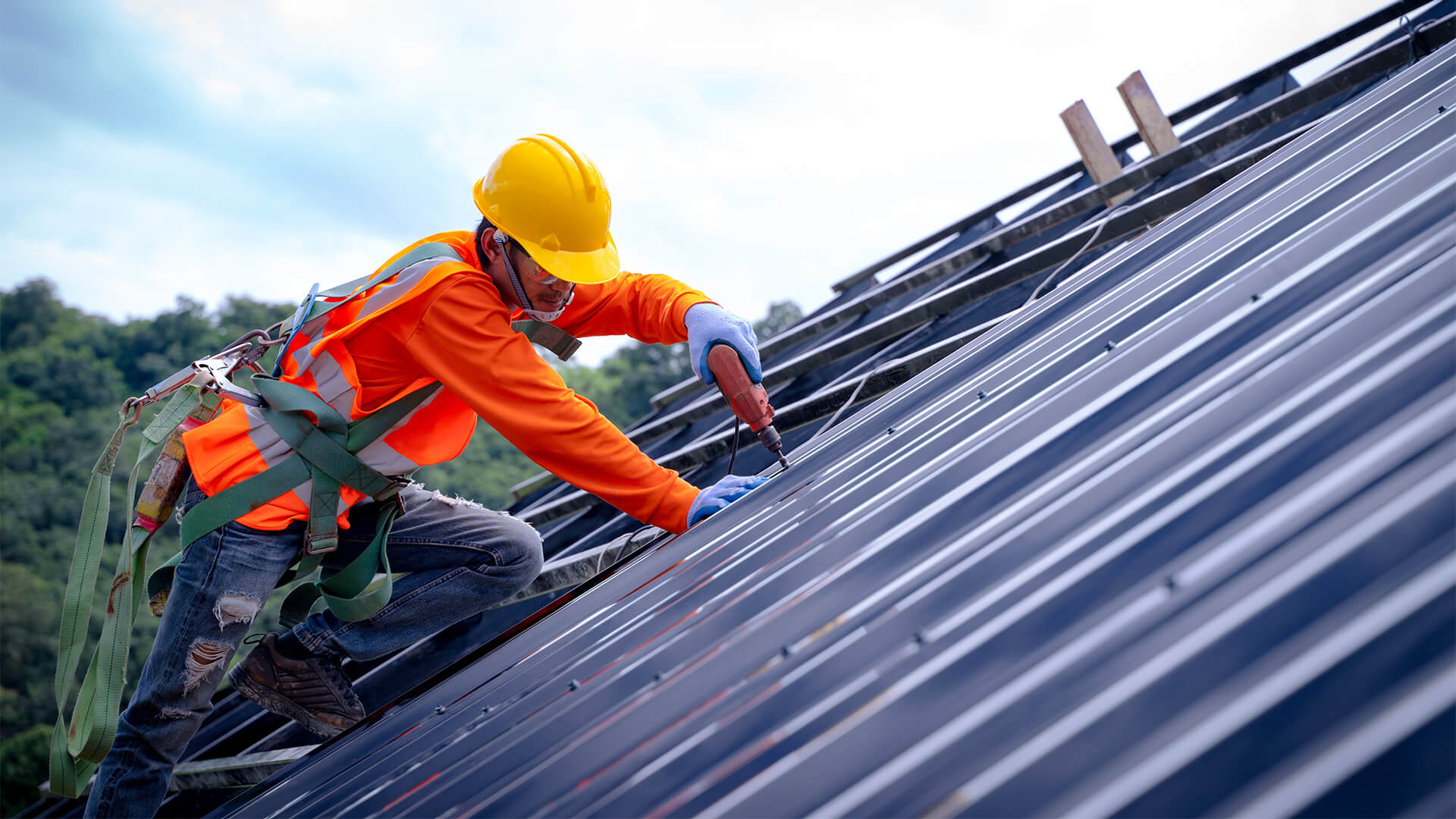A Homeowner's Overview to Kind of Roofs: Picking the Right Style for Your Needs

Popular Roofing System Styles
When it pertains to picking a roofing style, property owners often weigh their choices thoroughly to make sure both visual allure and performance. Among the most prominent styles are the gable, hip, and level roofings, each offering aesthetic qualities and distinctive benefits.
Gable roofs, identified by their triangular shape, are preferred for their straightforward design and effective water drain. This style is particularly well-suited for regions with hefty rainfall or snow, as it minimizes the threat of water pooling.
Hip roofs, which incline on all 4 sides, supply added security and resilience, making them an outstanding choice for areas vulnerable to high winds. Their building complexity permits better layout convenience and can enhance the total visual appeal of a home.
Flat roofing systems supply a contemporary aesthetic and make the most of functional outside space, making them popular for metropolitan setups. While they call for even more maintenance to avoid water buildup, their smooth look can enhance modern design.
Inevitably, the selection of roofing system style ought to reflect the home owner's personal taste while thinking about variables such as neighborhood environment, building design, and prospective resale worth. Each design adds distinctly to a home's general personality and efficiency.

Material Options
Choosing the appropriate roof material is just as essential as picking the appropriate design, as it significantly affects the roofing's durability, maintenance demands, and total aesthetic. roofers oahu. Homeowners have a range of options to consider, each with distinct advantages and disadvantages


Metal roofing offers extraordinary toughness and longevity, frequently going beyond 50 years, while additionally being light-weight and immune to fire and rot. Steel roofings can be much more pricey upfront.
Clay and concrete tiles supply a classic look and remarkable lifespan however need a strong structure due to their weight. These materials are extremely sturdy and resistant to rough climate condition. Timber trembles offer a rustic aesthetic yet necessitate normal maintenance to stop rot and pest damage.
Last but not least, synthetic roof materials, such as rubber or plastic compounds, mimic the look of conventional materials while being low-maintenance and lightweight. Inevitably, the choice of roofing product must line up with the home owner's spending plan, preferred lifespan, and upkeep choices, ensuring an ideal match for their specific requirements.
Power Effectiveness Considerations
Power efficiency plays a vital role in the general performance of a roof, influencing both environmental sustainability and house owner utility costs. When choosing a roofing system, it is important to think about products and layouts that improve power effectiveness. For example, reflective roofing products, often described as "amazing roof coverings," can significantly decrease warm absorption, lowering interior temperature levels and decreasing the requirement for a/c.
Additionally, the roofing system's shade and incline can influence its energy efficiency. Lighter colors usually reflect much more sunlight, while steeply pitched roofs assist in much better air flow, reducing warm accumulation - roofers oahu. Insulation likewise plays a crucial function; a well-insulated roof can protect against warmth loss in winter months and maintain interiors cooler in summer season, thus improving power savings
Additionally, integrating energy-efficient roof options with photovoltaic panels can even more minimize energy costs and dependence on nonrenewable sources. Home owners must additionally take into consideration regional climate problems when selecting roofing materials and styles, as these aspects directly impact energy usage.
Upkeep Requirements
The durability and performance of a roof are considerably influenced by the maintenance requirements related to its style and products. Different roof kinds require varying degrees of maintenance, which can influence both the homeowner's time and budget.
Asphalt roof shingles, as an example, usually need annual examinations to look for damage, including broken or missing shingles. Normal cleaning of rain gutters is necessary to avoid water damage and prolong the roofing system's life-span. Metal roofing systems, while resilient, still require routine look for rust and sealant stability. These roof coverings additionally gain from cleansing to Related Site maintain visual appeal and performance.
Ceramic tile roof coverings, understood for their longevity, need less regular upkeep but require careful inspection and replacement of damaged floor tiles. Flat roofings, although offering contemporary aesthetics, often need more interest; they call for normal inspection for pooling water and debris elimination to stay clear of leakages.
Eventually, comprehending the upkeep requirements related to various roof covering designs allows homeowners to make enlightened choices, ensuring the selected roof aligns with their way of life and dedication to upkeep. Prioritizing upkeep will certainly enhance the roofing system's efficiency and expand its life span, providing comfort for many years to find.
Impact on Resale Value
When thinking about a brand-new roof covering design, homeowners must acknowledge that the selection can dramatically affect the building's resale worth. A well-chosen roofing system not only improves curb charm but also signifies to possible customers that the home is well-kept and structurally audio. Different roof materials and styles lug differing levels of worth in the realty market.
For example, asphalt tiles are prominent due to their affordability and broad range of colors, typically interesting budget-conscious customers. Conversely, a metal roof covering, while a lot more costly upfront, provides longevity and energy efficiency, which can draw in purchasers searching for reduced upkeep and sustainability. Furthermore, one-of-a-kind styles such as slate or floor tile can include a touch of deluxe, possibly increasing the residential or commercial property's worth in high end markets.
Regional preferences likewise play a crucial duty; homes in locations with hefty snowfall might take advantage of steeply pitched roofs, while coastal regions may prefer sturdy materials resistant to saltwater rust (roofers oahu). Ultimately, homeowners need to think about both visual charm and useful advantages when selecting a roofing. A thoughtful selection makes certain that the financial investment not only meets personal needs however additionally improves the building's bankability and resale possibility
Final Thought
Finally, picking the proper roofing design demands a mindful examination of different factors, including neighborhood climate, architectural design, and upkeep needs. Each roof alternative, whether it be gable, hip, or level, has unique benefits additional resources and negative aspects that affect power effectiveness and potential resale worth. Inevitably, a well-informed decision regarding roofing option can enhance the visual appeal, performance, and durability of a home, ensuring it stays an important possession for many years to find.
Selecting the proper roofing design for your home is check out this site a vital decision that can considerably influence both looks and performance. While gable roof coverings excel in water drainage, hip roof coverings might use higher resilience against wind.When thinking about a new roofing style, home owners should acknowledge that the selection can substantially affect the property's resale value. Ultimately, home owners ought to take into consideration both aesthetic appeal and functional advantages when picking a roofing system.In final thought, selecting the appropriate roofing system style requires a mindful evaluation of different aspects, consisting of regional environment, building style, and upkeep demands.